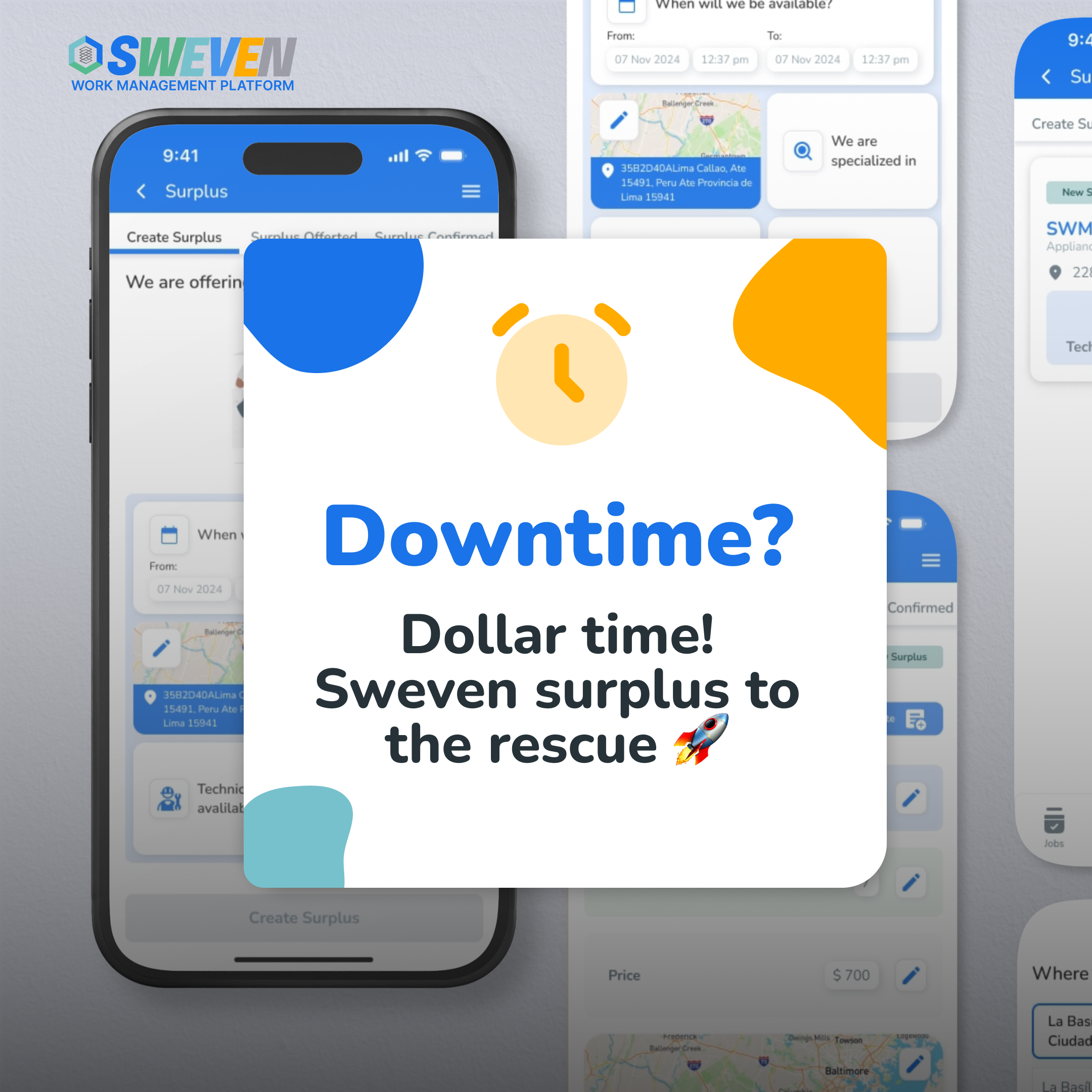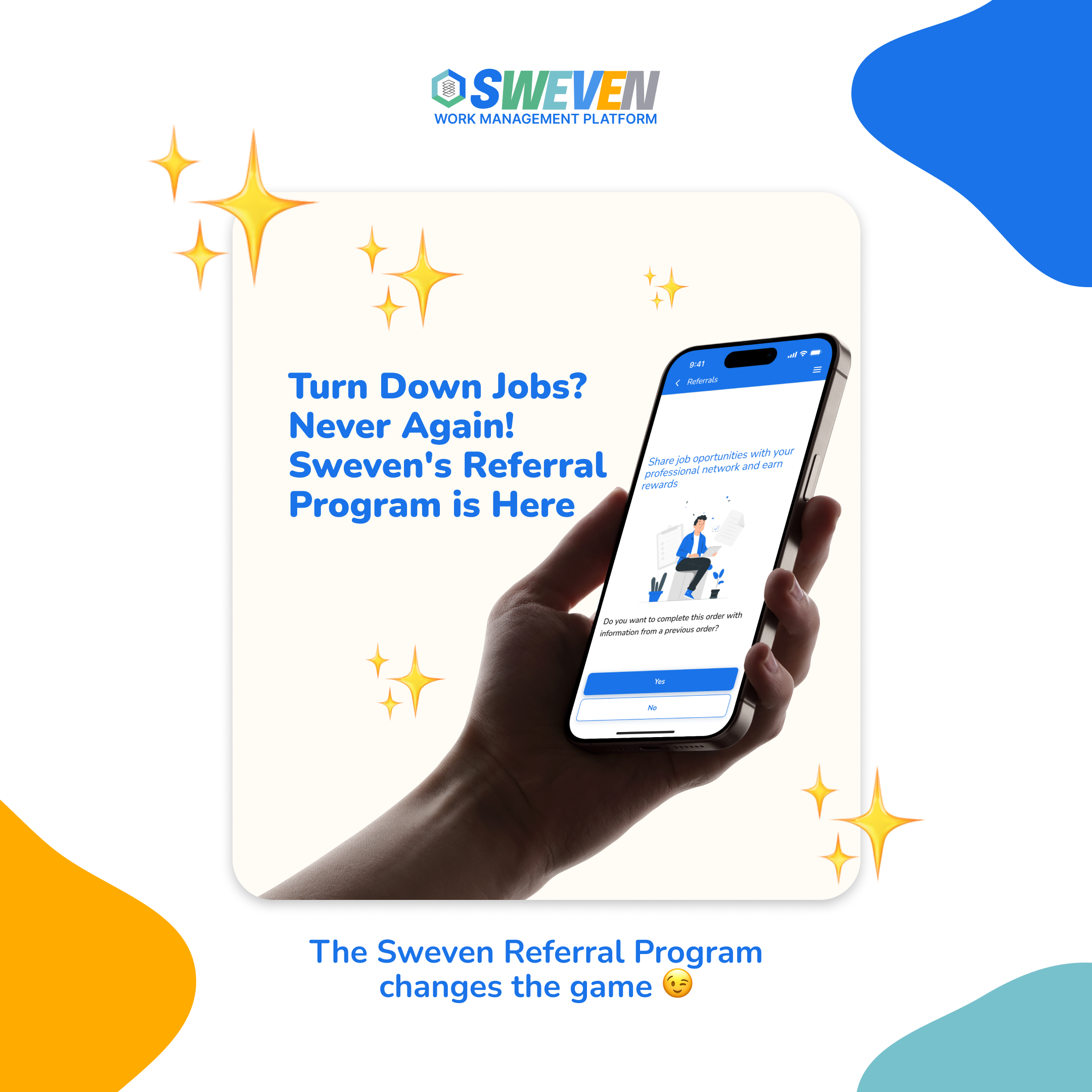Introduction:
In the dynamic landscape of vendor management, ensuring compliance with industry regulations and standards is a multifaceted challenge. Organizations must navigate a complex web of rules and guidelines to maintain integrity, transparency, and adherence to legal frameworks. In this blog, we will explore key strategies for overcoming compliance challenges in vendor management by establishing a robust framework.
Understanding and Documenting Relevant Regulations:
The first step in building a robust compliance framework is a thorough understanding of relevant industry regulations and standards. This involves meticulous documentation of the specific requirements that impact vendor management processes. By creating a comprehensive repository of regulations, organizations can establish a solid foundation for compliance efforts.
Implementing Comprehensive Training Programs:
Knowledge is power when it comes to compliance. Implementing comprehensive training programs is crucial for both internal teams and vendors. This ensures that all stakeholders are aware of the regulatory landscape, understand their responsibilities, and are equipped with the necessary skills to adhere to compliance requirements. Regular training sessions should cover updates to regulations, potential risks, and best practices, fostering a culture of compliance throughout the organization.

Utilizing Technology for Real-time Monitoring:
Technology plays a pivotal role in maintaining compliance in vendor management. Implementing real-time monitoring tools allows organizations to track activities, transactions, and processes to ensure ongoing adherence to regulations. Automated systems can detect anomalies or deviations from compliance standards, enabling prompt corrective actions. Leveraging technology enhances efficiency and reduces the risk of non-compliance by providing timely insights into vendor management practices.

Conducting Regular Audits:
Regular audits are essential for evaluating the effectiveness of the compliance framework. Scheduled audits, both internal and external, provide a systematic review of vendor management processes to identify areas of improvement and potential risks. Audits also serve as a mechanism for validating that vendors are meeting their contractual and regulatory obligations. The insights gained from audits contribute to continuous improvement in compliance protocols.

Maintaining Clear Communication Channels with Vendors:
Effective communication is a cornerstone of successful vendor management compliance. Establishing clear and transparent communication channels with vendors fosters a collaborative relationship. Regular updates on regulatory changes, expectations, and compliance guidelines create a shared understanding. Open communication allows for the timely resolution of issues and the alignment of vendor practices with industry standards.
Establishing a Collaborative Relationship and Staying Informed:
Building a collaborative relationship with vendors goes beyond transactional interactions. It involves staying informed about evolving regulations and industry standards. Proactive engagement ensures that both parties are aware of upcoming changes and can adapt their processes accordingly. By working together to address compliance challenges, organizations and vendors can contribute to a proactive compliance strategy that aligns seamlessly with industry standards.

Conclusion:
Overcoming compliance challenges in vendor management requires a strategic and proactive approach. By establishing a robust framework that includes a deep understanding of regulations, comprehensive training programs, technology-driven monitoring, regular audits, clear communication channels, and a collaborative relationship with vendors, organizations can navigate the complexities of compliance successfully. Embracing a culture of compliance not only mitigates risks but also fosters trust and transparency in vendor management processes, laying the foundation for sustained success in a highly regulated business environment.
















